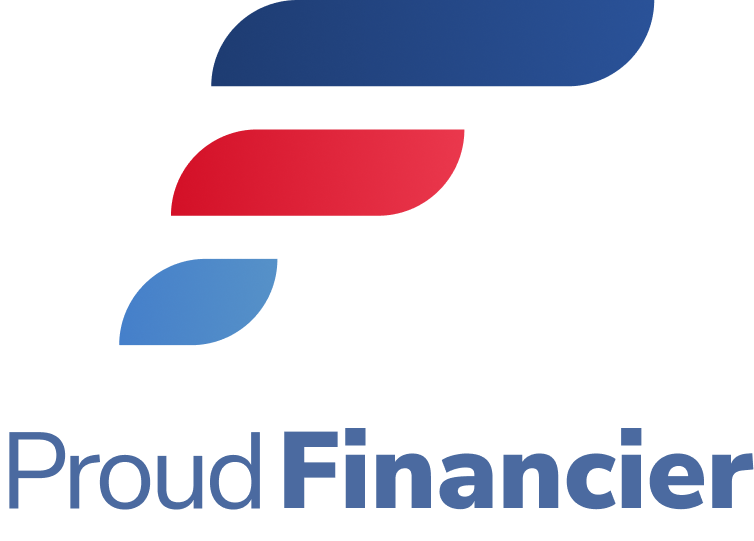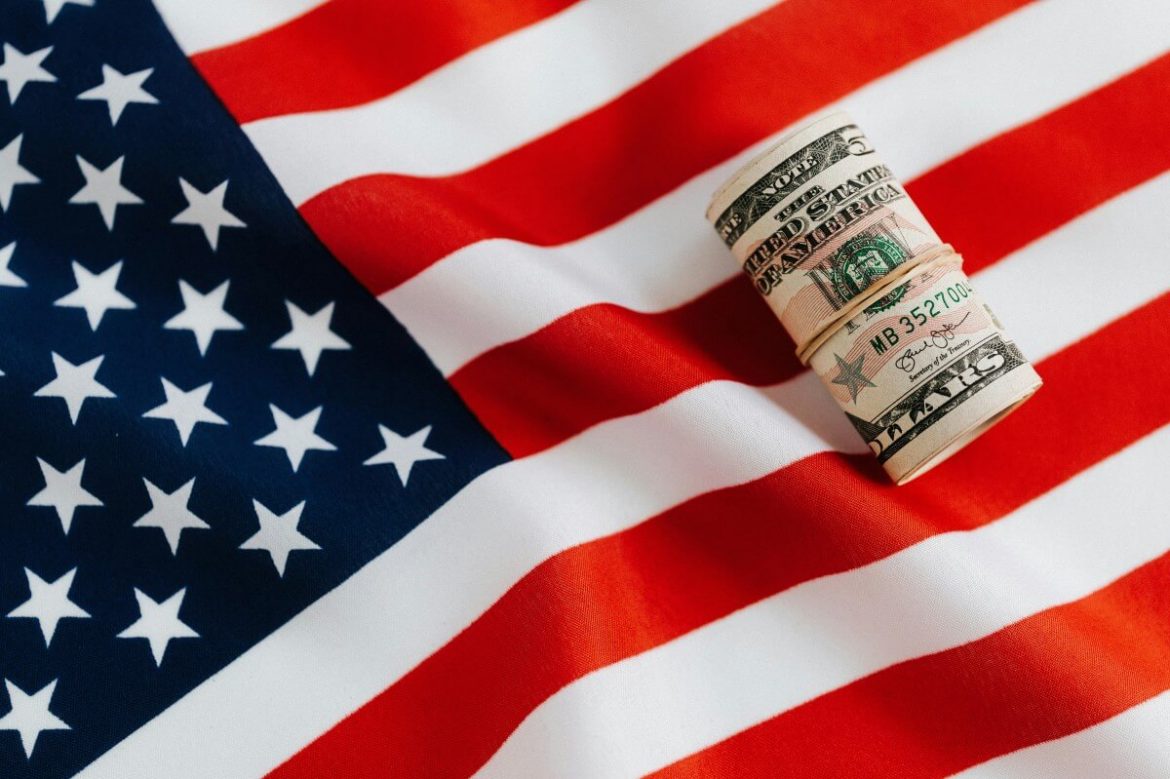
Echoes of Stagflation In U.S.: The 1970s Vibes in 2024’s Economy
The U.S. economy seems to be channelling a past decade known more for its bell bottoms and disco balls than its robust economic performance. As we progress through 2024, key economic indicators suggest a potential rerun of the 1970s’ economic challenges, characterised by stagflation and slow growth. Here’s an expanded exploration of the current economic conditions, using historical parallels to predict possible future trends.
Inflation Surge: PCE Index Jumps from 1.8% to 3.4% in Q1 2024
The Personal Consumption Expenditures (PCE) price index, a key measure of inflation used by the Federal Reserve to set monetary policy, shows a notable increase in inflationary pressures. The index jumped to an annualised rate of 3.4% in Q1 2024 from a relatively modest 1.8% in Q4 2023. This measure reflects the average amount consumers pay for goods and services, indicating that prices are climbing faster than in recent quarters. Such a significant rise poses challenges for households, especially those with fixed incomes, as it diminishes purchasing power and can lead to a reduction in discretionary spending, potentially slowing economic growth further.
GDP Growth Slips: Down to 1.6% from 3.4% in the Last Quarter
The gross domestic product (GDP) of the United States grew at a diminished annualised rate of 1.6% in the first quarter of 2024, a substantial drop from the 3.4% growth observed in the previous quarter. This slowdown in GDP growth is a clear signal of decreasing economic momentum. Several factors could contribute to this trend, including decreased consumer spending due to higher inflation, uncertainty in global markets affecting exports, or potential reductions in investments as businesses anticipate lower consumer spending. This slowing growth is particularly concerning as it may indicate the beginning of a prolonged period of economic stagnation if not addressed effectively.
Investor Concerns Spike: Major Selloffs Post-Q1 Economic Report
The immediate reaction to the latest GDP growth report clearly indicates market sentiment. This reaction included a sharp selloff across major U.S. stock indices. Such a pronounced drop reflects deepening investor anxiety about the future trajectory of the economy. This reaction is not merely about the numbers reported. Rather, it is about what they signify—a potential entry into prolonged economic malaise. This period could mimic some of the toughest times in economic history.
Jamie Dimon, CEO of JPMorgan Chase, was forthright in his analysis. He compared the current economic environment to the 1970s—a decade marked by oil shocks, high inflation, and slow growth. His reference resonates with those who remember or have studied this turbulent period. It suggests an unsettling sense of déjà vu. This comparison is particularly poignant because it draws on historical economic pain points. These had long-lasting impacts on policy and public confidence.
What Does The Other Economists Think?
Mike Reynolds, Vice President of Investment Strategy at Glenmede, took a symbolic approach to highlight the current economic situation. He likened the economy to Goldilocks, a character searching for conditions that are “just right.” According to Reynolds, just as Goldilocks found items too hot or too cold before finding the one that was just right, the economic indicators are similarly misaligned with expectations. This has been jarring for investors and analysts alike. His analogy vividly captures the current state of economic unpredictability. None of the data points align perfectly with the desired state of affairs.
On the other hand, Ian Sheperdson, Chief Economist at Pantheon Macroeconomics, called for a more measured response. He cautioned against the quick adoption of the term “stagflation.” He suggested that its use might overstate the current economic conditions and fuel unnecessary alarm among consumers and investors. Sheperdson’s caution serves as a reminder. Historical parallels provide useful context. Hence, we must balance them with understanding contemporary factors that differentiate the present from the past.
These varied perspectives from financial experts highlight a broader uncertainty prevailing in the market. They also illustrate a spectrum of interpretations and emotional responses that contribute to the overall economic sentiment. Together, these perspectives provide a rich tapestry through which to view the current economic landscape. They offer multiple lenses for stakeholders to evaluate potential future scenarios.
Fed Rate Hikes: Highest in 23 Years to Tackle Inflation
The Federal Reserve has aggressively raised interest rates, with the most recent hike occurring in March 2022. This increase brought rates to their highest in 23 years. The purpose of this monetary tightening is to curb inflation. It aims to make borrowing more expensive, theoretically slowing down spending and price increases. However, the persistence of high inflation despite these measures suggests a complex situation. Factors such as supply chain disruptions or global economic pressures may contribute to sustained price increases.
This situation puts the Fed in a challenging position. It must control inflation without triggering a recession. If the economy slows too much, a downfall could follow. This delicate balancing act continues to influence the Fed’s policy decisions.

Stagflation Fears: 1970s Parallels Amid Modern Challenges
The term “stagflation” was coined in the 1970s to describe the unusual combination of stagnant economic growth and high inflation, a scenario that seems to be threatening once again. While there are similarities, such as rising inflation and slowing growth, today’s economic environment also shows key differences. For instance, current inflation levels, though rising, have not reached the double-digit peaks seen in the 1970s. Additionally, the global economy is now more interconnected, offering more levers for economic management and exposing it to more external risks.
2024 Economic Outlook: Stability Threats and Policy Responses
The interplay of slowing growth, rising inflation, and tight monetary policy suggests a tricky path for the U.S. economy. Looking forward, it’s plausible to anticipate periods of economic instability, with potential short-term recoveries followed by setbacks. The effectiveness of policy responses from the Federal Reserve and other governmental bodies will be crucial in steering the economy towards a more stable state. It’s also possible that technological advancements and new economic policies could help mitigate some of the negative impacts seen in similar past scenarios.
2024 Economic Strategy: Learning from the 1970s to Thrive
As 2024 unfolds, the U.S. economy continues to navigate a complex and challenging landscape. Drawing lessons from the past while adapting to the realities of the modern global economy will be key to overcoming current economic hurdles. For policymakers, understanding the nuanced dynamics of inflation, consumer behaviour, and global economic trends will be essential for crafting effective responses. Meanwhile, investors should stay informed and try to adapt as they make decisions in an unpredictable economic environment.
The parallels to the 1970s serve as a cautionary tale, reminding us that while history does not repeat itself, it often rhymes. In this case, understanding these rhymes could be the key to surviving the stagflation and thriving in today’s evolving economic narrative.
The post Echoes of Stagflation In U.S.:1970s Vibes in 2024’s Economy appeared first on FinanceBrokerage.

